For seven days, 60 university students explored one thousand years of Jewish history, the cradle of Chassidus, and of course, the devastation that was wrought in this part of the world.
Poland has been making headlines recently due to its long border with war-torn Ukraine, refugees have been streaming to warm welcomes and much relief.
There’s another group who visited Poland recently, but for different reasons. They were over sixty university students from across North America who joined the Chabad on Campus International Heritage Links Trips. For seven days, these young men and women explore one thousand years of Jewish history, the cradle of Chassidus, and of course, the devastation that was wrought in this part of the world.
But more than just a trip to the past and a chance to reflect on what was lost, participants are guided to look to the future. “This trip to Poland is very much a blend of past, present, and future,” said Rabbi Yossi Witkes, who directs the trip, along with other IsraeLinks trips that are organized by Chabad on Campus International. “When students witness what was and get a sense of just how much was lost, they are moved to vow that such things should never happen again. They quickly realize that the only people to ensure that won’t happen are themselves.”
And in an interesting twist of fate, it just so happens that the refugee crisis unfolding in that country did catch up with them, as they enthusiastically interrupted their scheduled itinerary and got involved in aid efforts, as reported previously.
In the twelfth such trip to date, Witkes hasn’t tired from the experience, energized and inspired each time anew. Speaking from the Jewish cemetery in Warsaw, Witkes elaborated on just how impactful these trips are. “When the idea for a Poland trip first came up some ten years ago, we weren’t so sure how to approach it. After all, the prospect of getting carried away with the past and approaching Judaism through the lens of tragedy seemed to be somewhat off-tone.
“But we worked very carefully to get it right, and baruch Hashem, the impact is incredible. For example, standing here in this massive Jewish cemetery full with graves of so many Rebbes, tzadikim, and other Jews, the question we pose to the students is: why is this venerable cemetery so neglected? After various hypotheses, the simple answer is that there are no children or grandchildren to tend to it! When they hear that, the realization sinks in that they are those grandchildren. If they aren’t going to carry on their Jewish identity and pride, it will be lost. This is a radically mobilizing feeling—and you see it happening right in front of your eyes.”
Indeed, as students cry their way through the horror of the remains of Auschwitz, initial feelings of shock and anger give way to a firm resolution: We must be the ones to carry our Judaism forward. “When we sing and dance together in an old shul that hasn’t seen a minyan for eighty years, the joy and Jewish pride can make the heart burst.”
The trip is a well-rounded experience, as students get to see major highlights of Jewish life that were in this one-time epicenter of Judaism. From the famous Yeshivah in Lublin founded by Rabbi Meir Shapiro, to the bastion of Chassidus in Lizhensk, they are exposed to different elements of Judaism that were and, baruch Hashem, still is, albeit in different locales. “Regular houses in random towns clearly have notches in the doorposts from a mezuzah. A tiny rural boasts a grand, beautiful shul. These easily observable realities make it obvious that this was a thriving center of Jewish life, and now, there isn’t a Jew for hundreds of miles.
“Students see that, and each one in their own way makes awe-inspiring hachlatos that demonstrate just how much they are energized to be in touch with their past and their heritage.”
“We are honored and privileged to be part of stewarding the next generation of young Jewish students,” said Rabbi Yossy Gordon, CEO of Chabad on Campus International. “There’s a uniquely strong inspiration and feeling that these students bring back with them from seeing first hand the places where these holy Jewish communities flourished and then endured such destruction and hardship; a palpable urgency that they want to make their Yiddishkeit personal and enduring. Much credit goes to the shluchim and the team escorting the students who instill in them this passion and fire.”
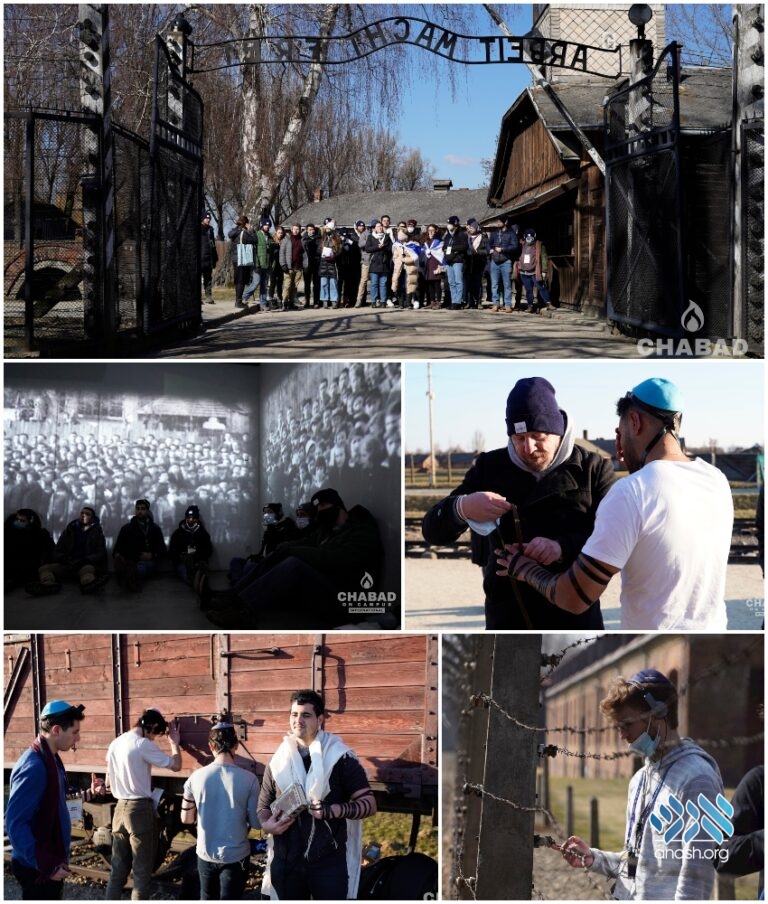

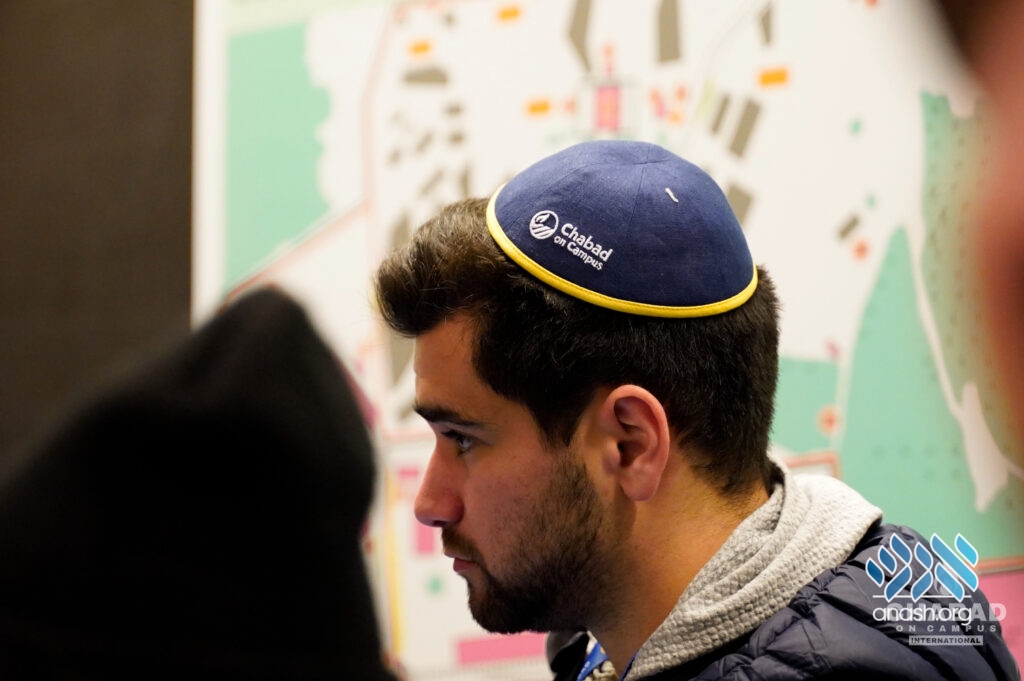
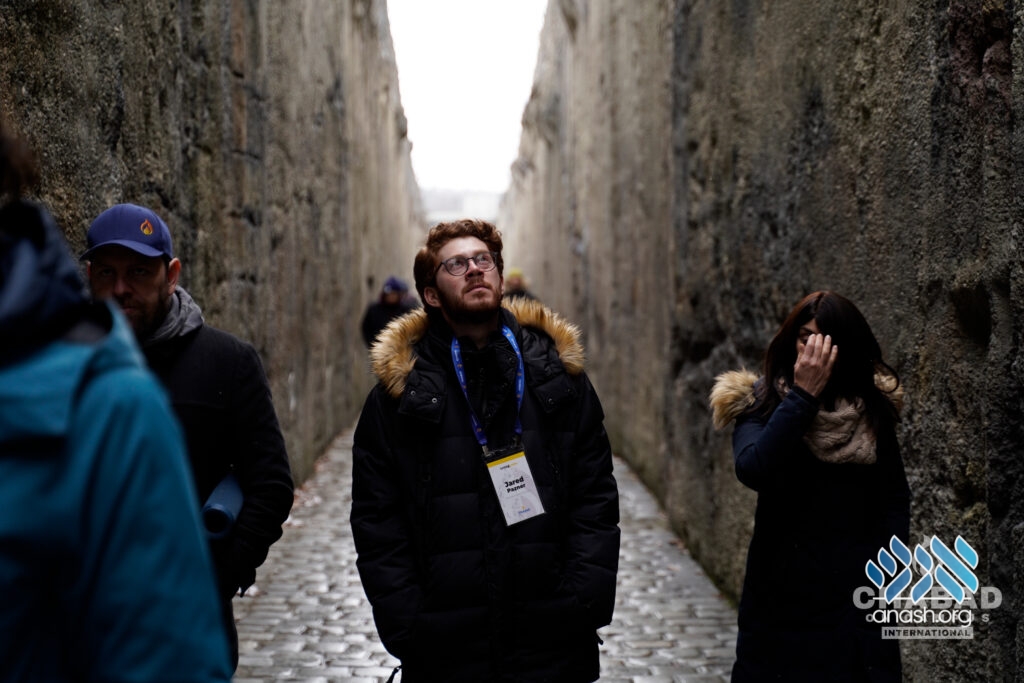
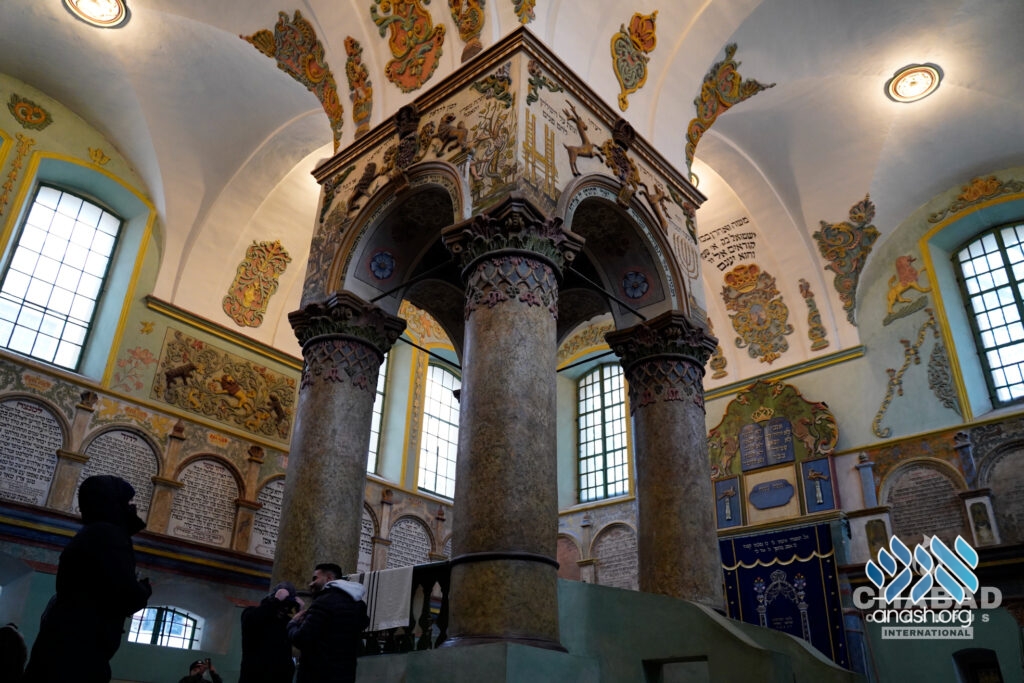
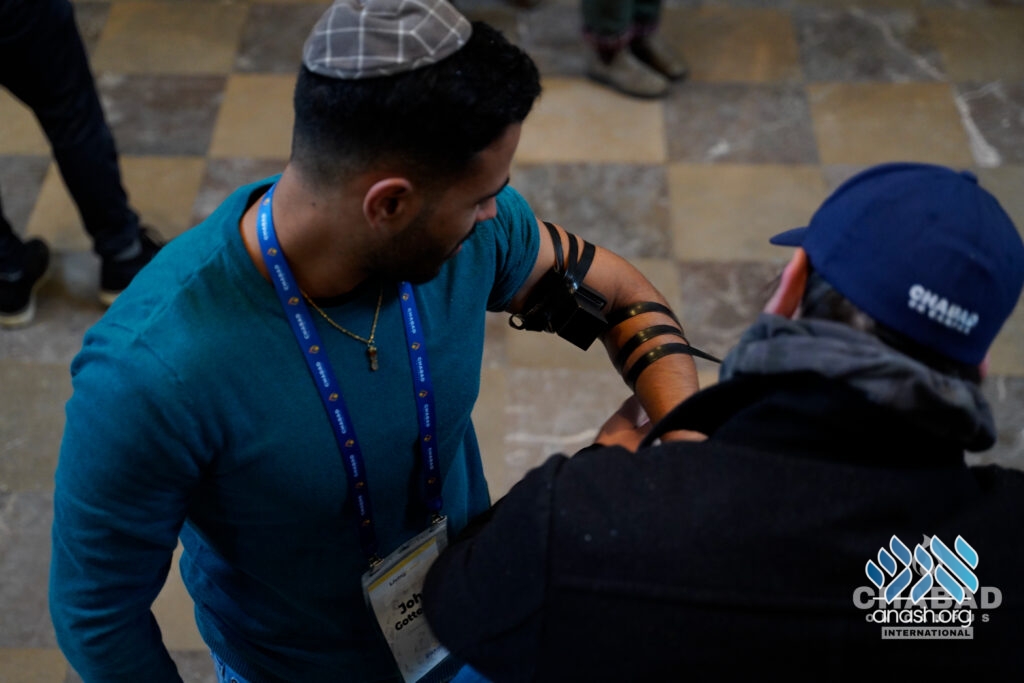

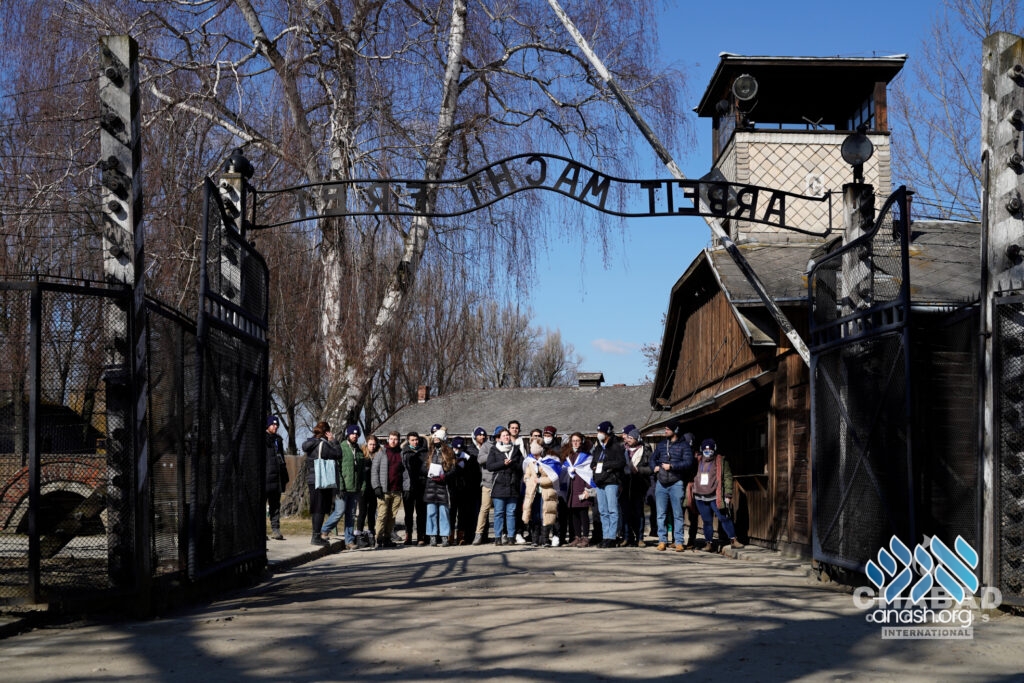

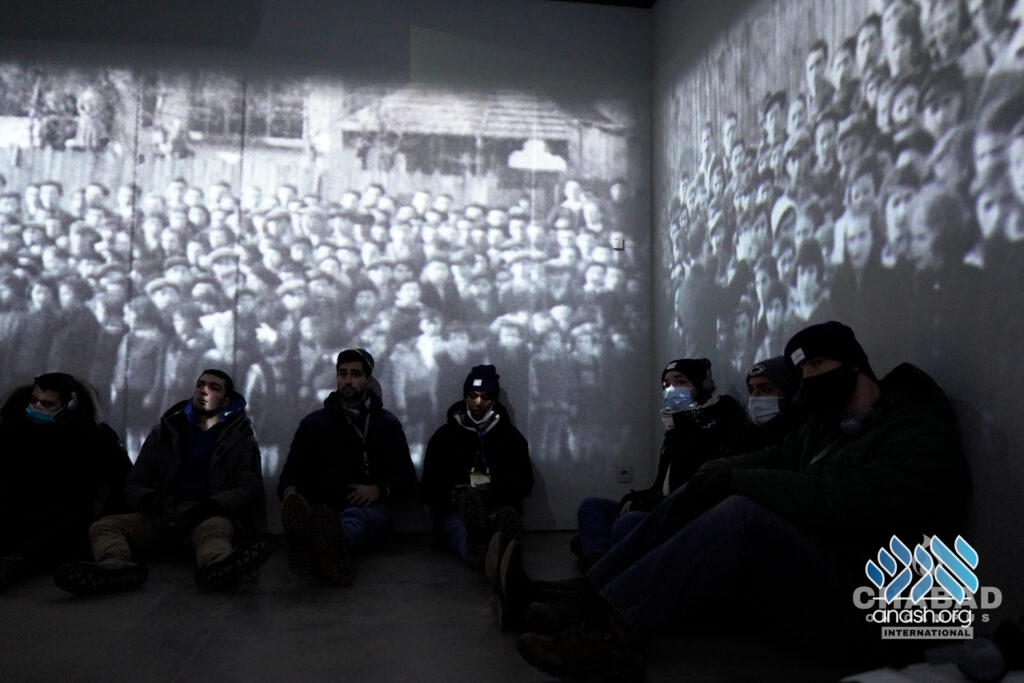
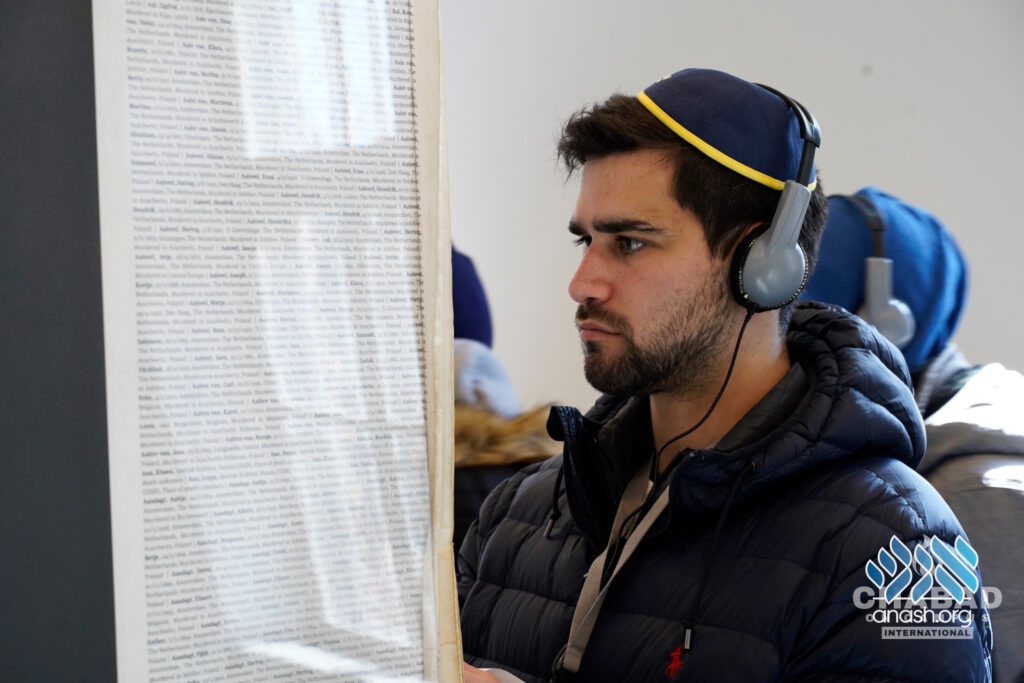
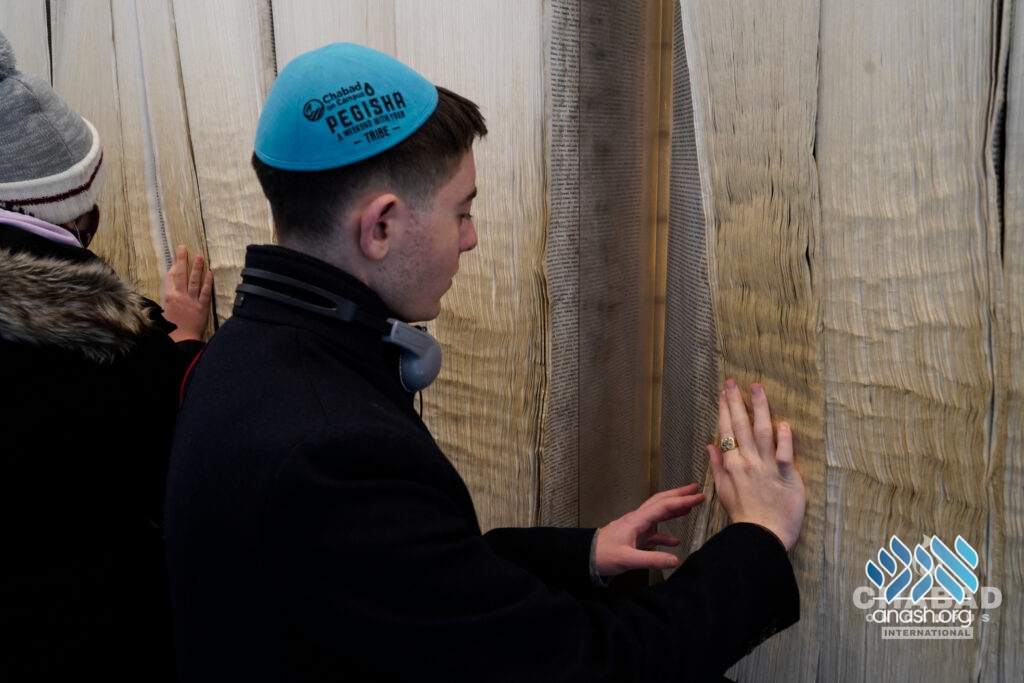
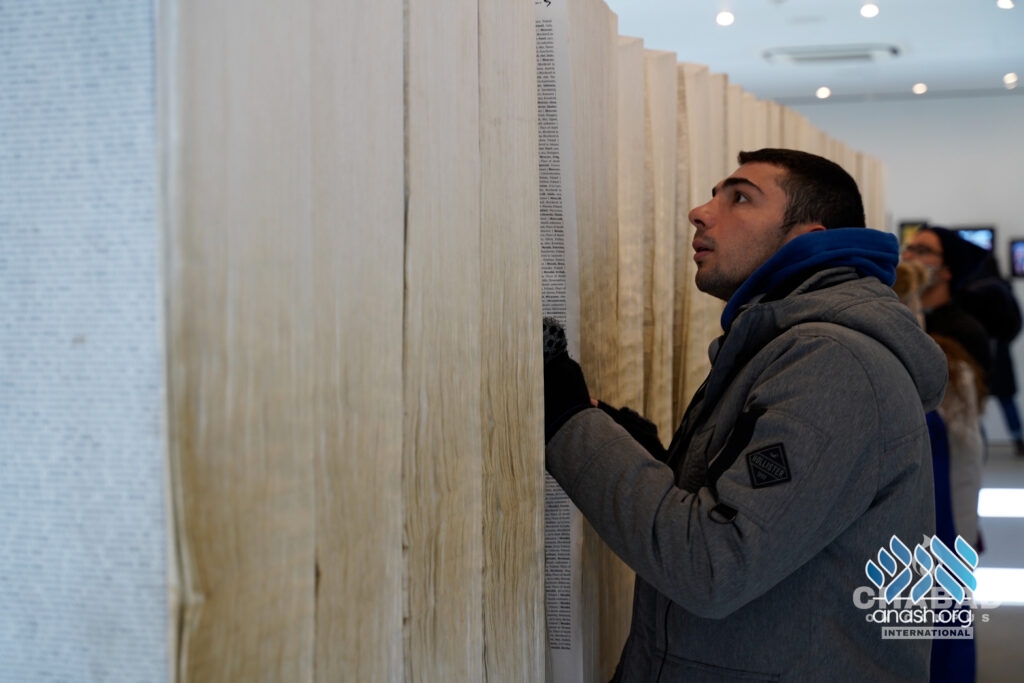
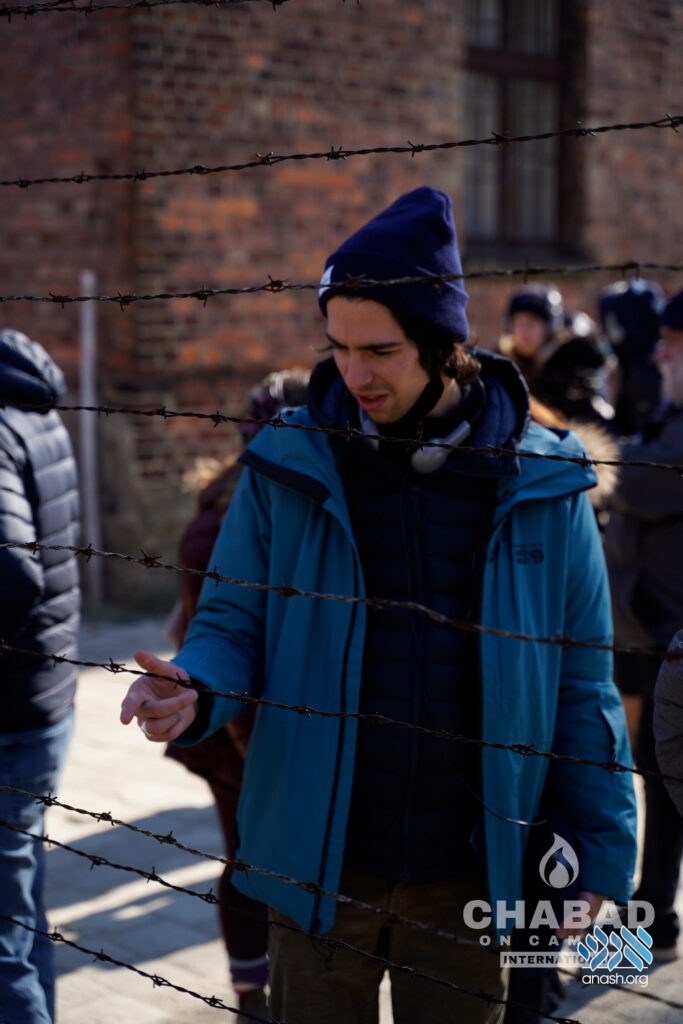
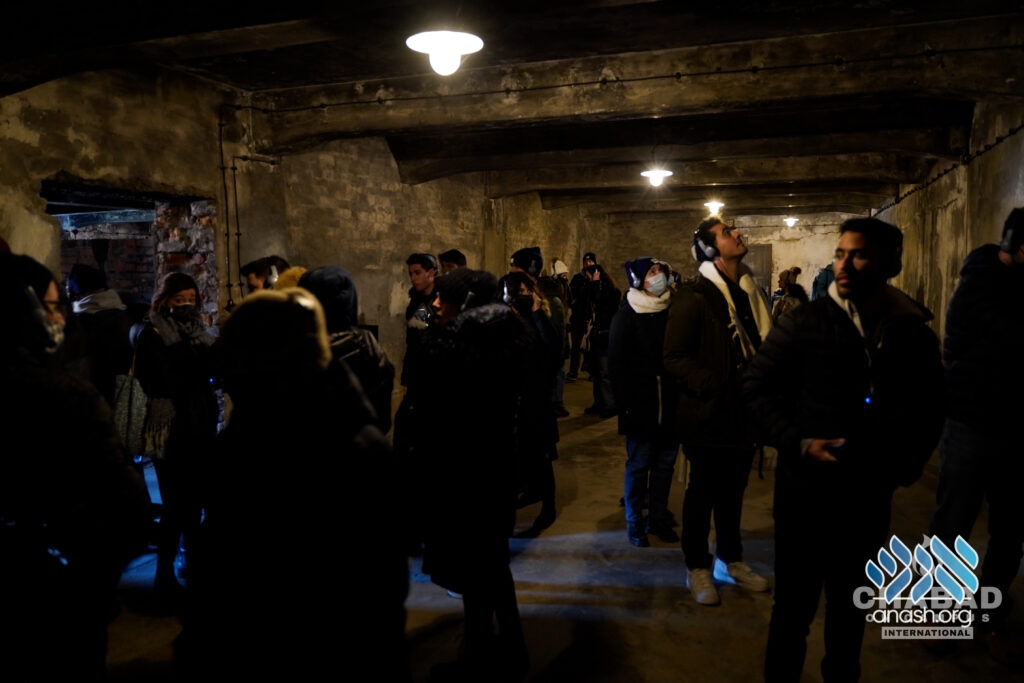


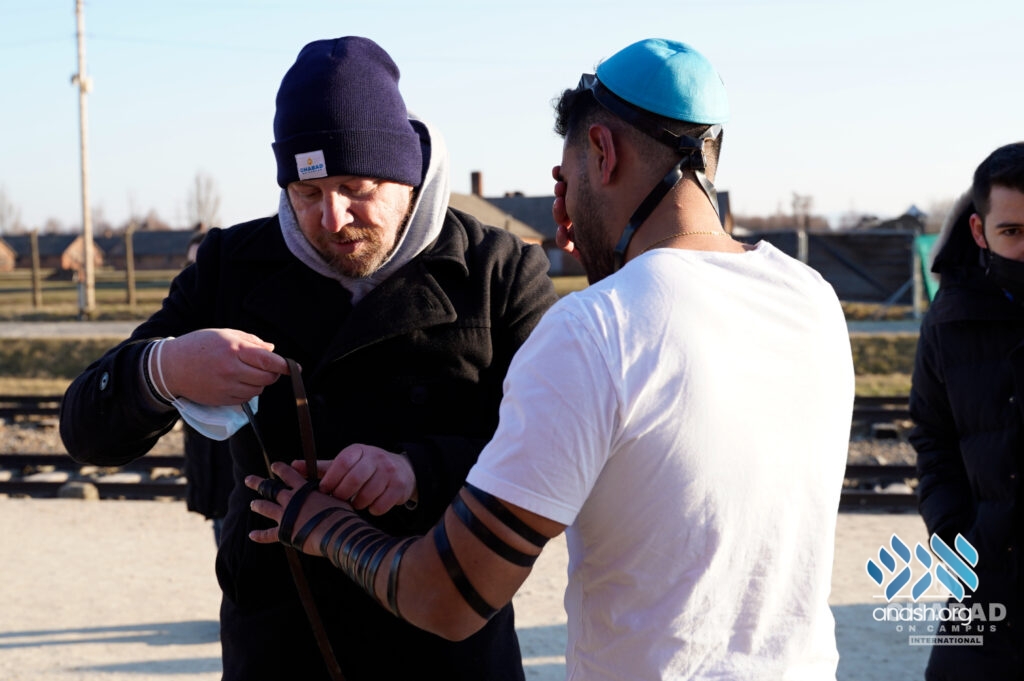

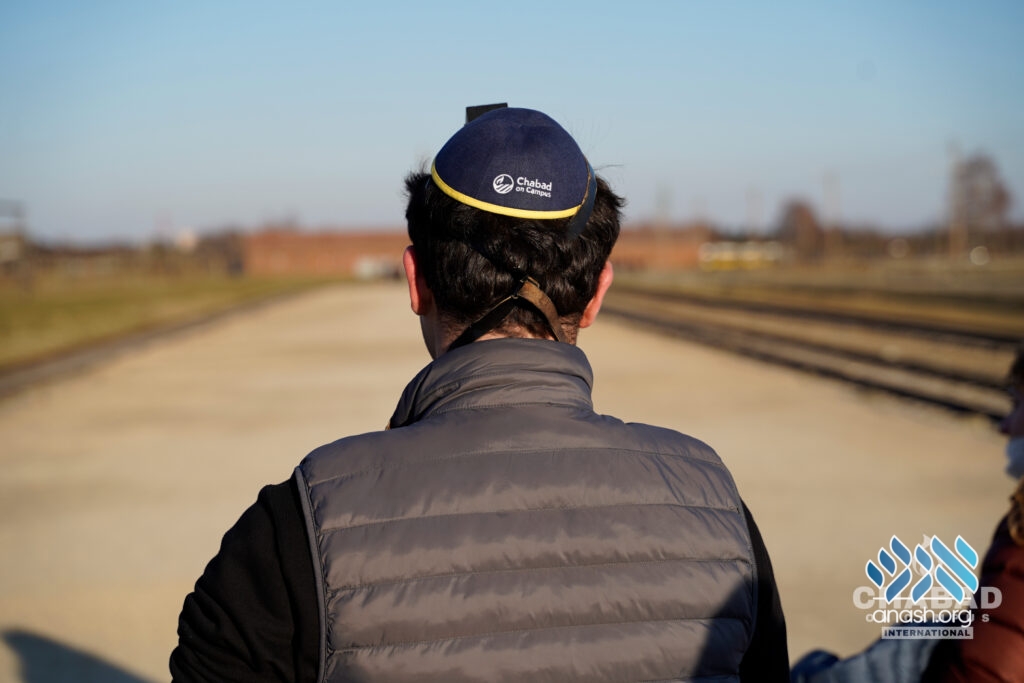

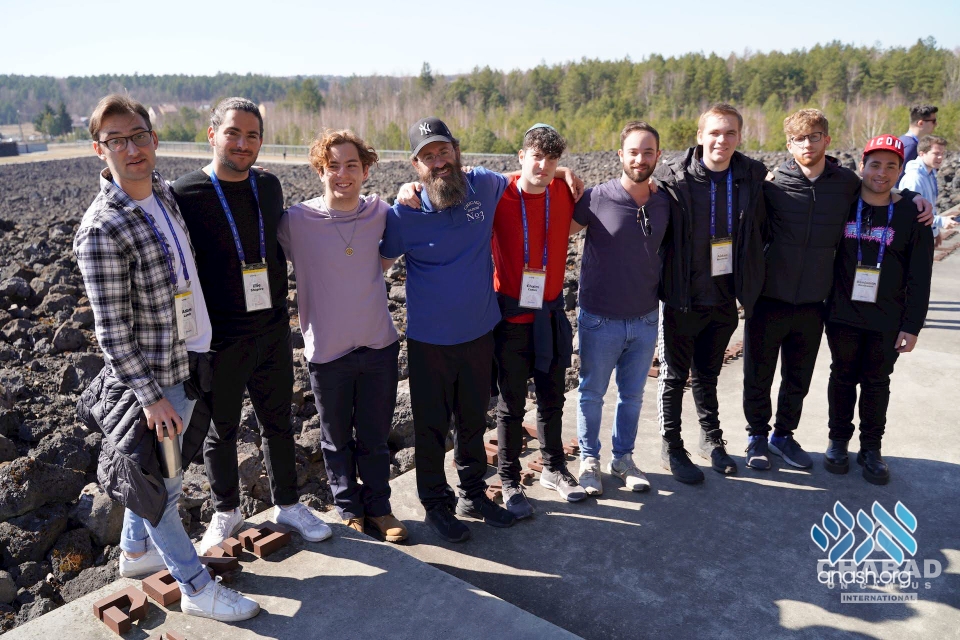
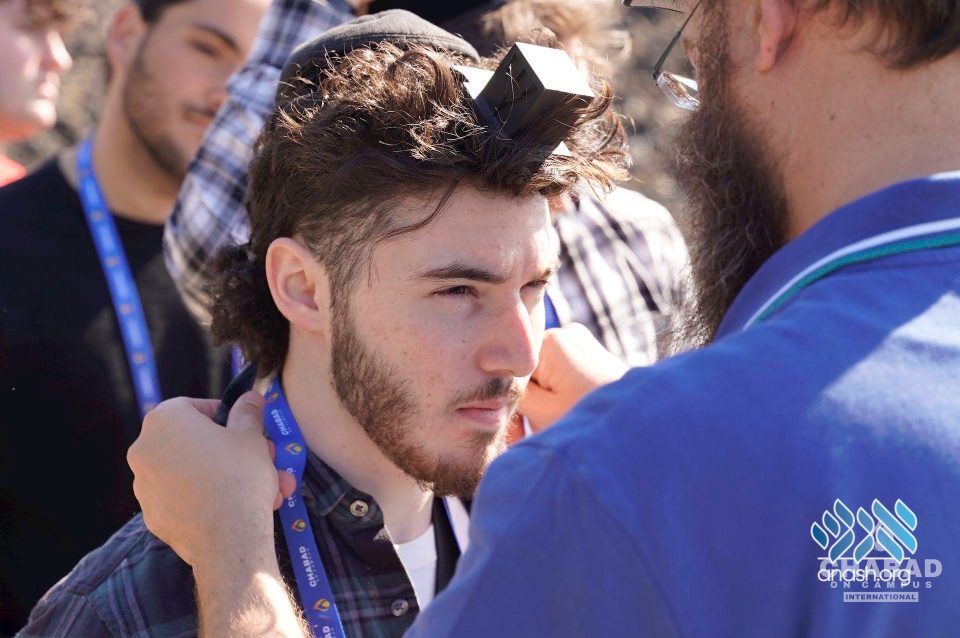
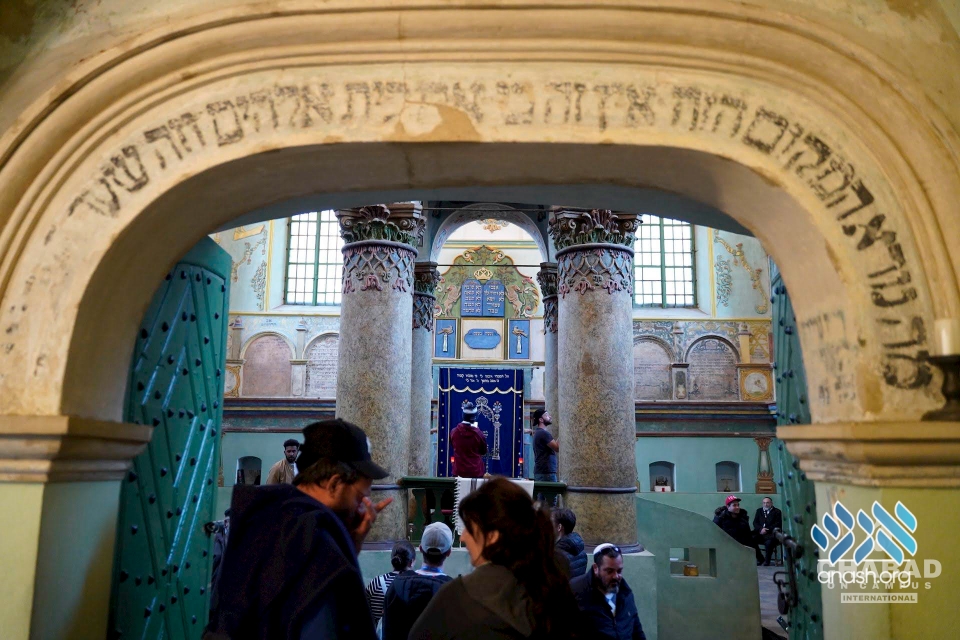

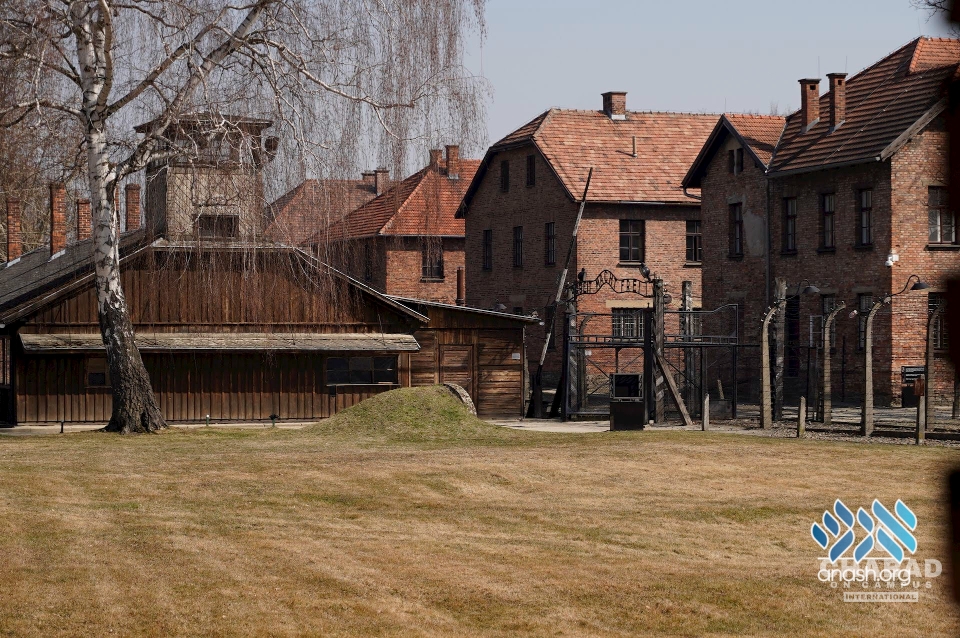




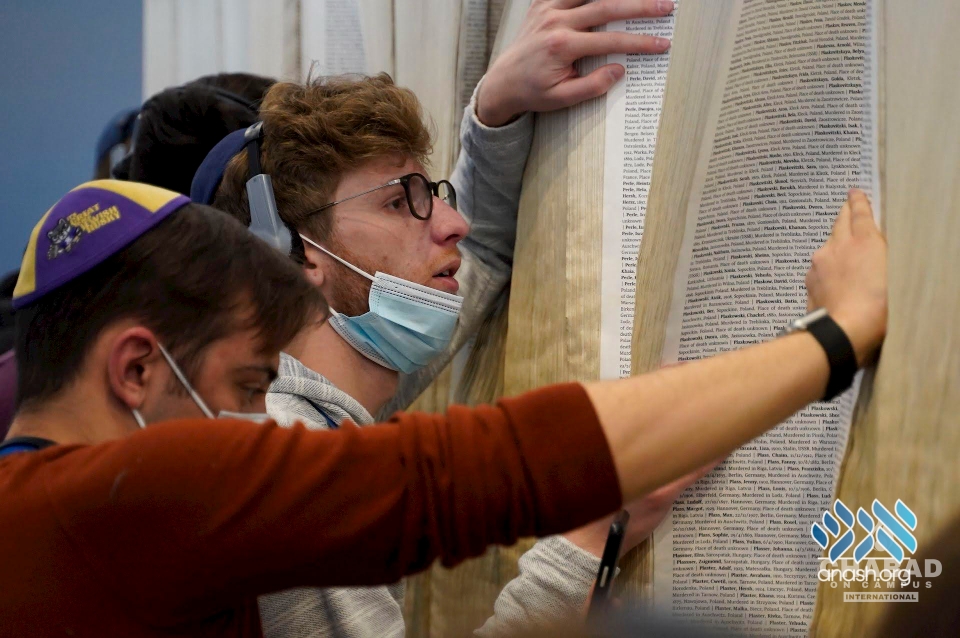
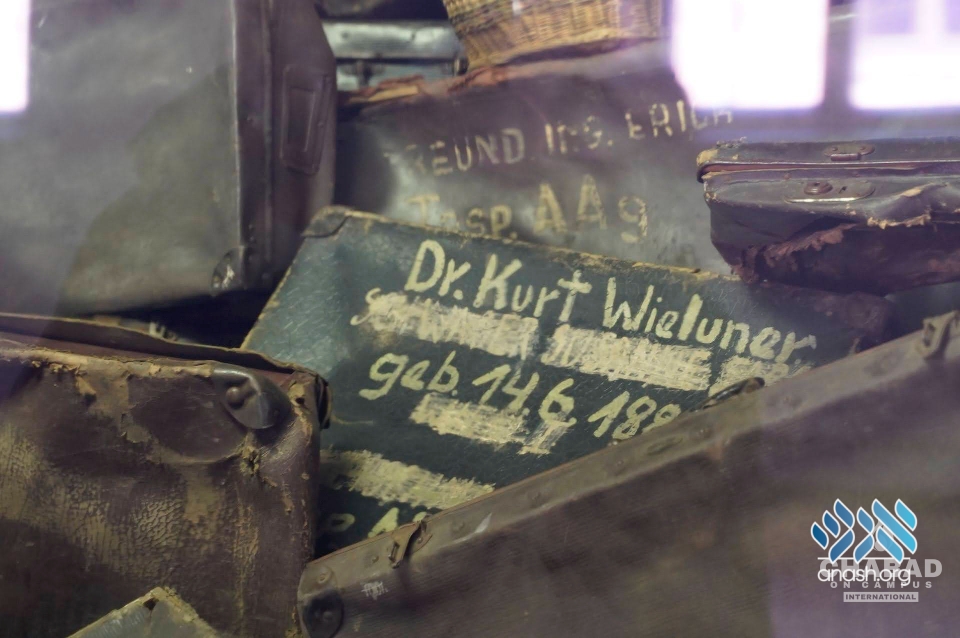





Discussion
We appreciate your feedback. If you have any additional information to contribute to this article, it will be added below.